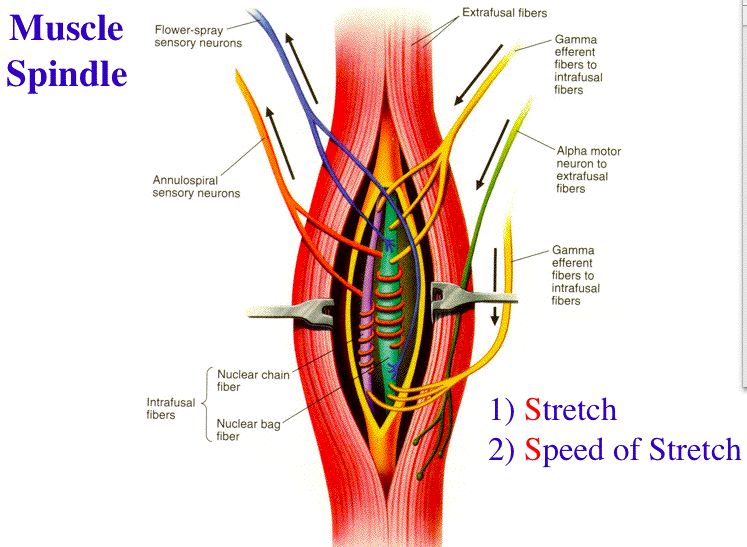NASM Chapter 7 Flexibility Training Concepts
An early spring rainfall soaks the ground.
The sun breaks through the clouds.
The winter snow is all melted. Life is springing up everywhere.
A single leaf, breaks through the soil.

Day after day, year by year, that little single leaf turns into a beautiful tree.
A terrible wind storm bends the older trees until they snap.
The young sapling, feels the wind push against it, but does not break.
As time goes on, the tree gets taller and stronger. It grows so tall it can’t feel or touch it’s roots anymore. It is scared about the next wind storm
This is what happens to us.
We grow so tall and rigid, we can’t touch our roots anymore. We can’t do things we once did.
Thus is why flexibility is important.
Flexibility is the ability to move a joint through its complete range of motion (ROM)
Remember that tree I was talking about before? Well as it grew older it suffered from a lack of Extensibilty.
Extensibility= the Capability to be elongated or Stretched.
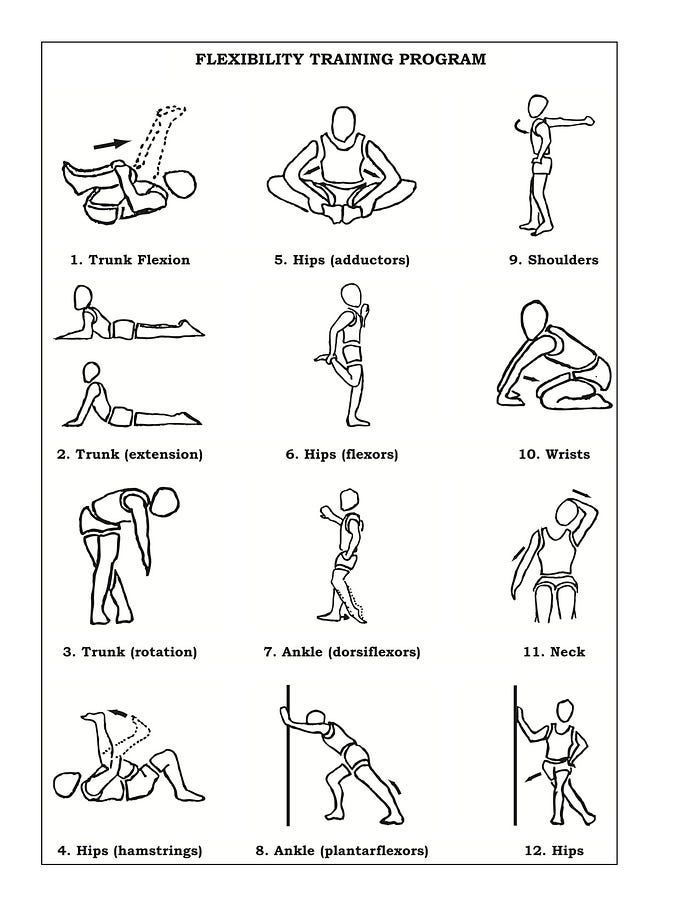
A joint’s entire range of motion is called the Dynamic Range of Motion. Which is the combination of flexibility and the nervous system’s ability to control this range of motion effectively.
It is called Dynamic because due to a lot of reasons it changes over time. Especially with repetitive movements and sedentary lifestyles.
Everyone including your body wants efficiency. So when you move your body tries to recruit the proper muscle groups to produce force. This is called Neuromuscular Efficiency. It is designed to produce (Concentric Movement) reduce (Eccentrically Movement) and stabilize (Isometrically) the entire kinetic chain in the three planes of motion.
Postural Distortion Patterns
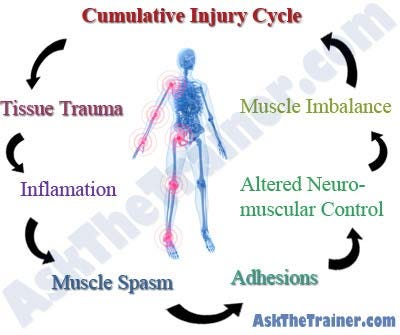
Postural Distortion Patterns: Predictable Patterns of Muscle Imbalances.
Also GUYS DO YOGA. Stop your limiting belief of Yoga is for girls. Cause the more you add beneficial things in your life the better it becomes.
So the next thing you need to be familiar with is Relative Flexibility.
Remember how I said the body want’s efficiency? If you describe efficiency in the a method of work that utilizes the least resistance, You and me are on the same page.
So Relative Flexibility is the Body’s tendency to seek the path of least resistance during functional movement patterns.
So if you have bad posture, or do repetitive movement’s all day. Your body is going to use those inputs and determine your Relative Flexibility.
So Relative Flexibility is determined by a lot of things, but one crucial thing is MUSCLE IMBALANCES.
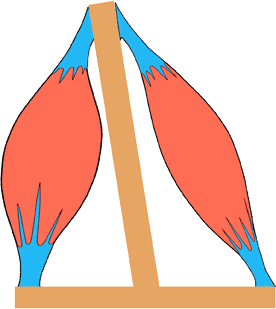
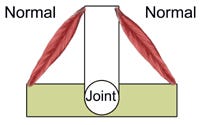
Life is all about balance. You got to have that Yin to the Yang. Ok, that is enough hocus pokus type stuff. But recall how your body’s movement and stability is controlled by opposing groups of muscles?
If one muscle is overactive, while the opposing muscle is under active, the structural position of the kinetic chain is altered. Thus it is not as strong as it could be, which leads to injuries and altered neuron control. See the Cumulative Injury Cycle graphic above.
There are two things that make up the Cumulative Injury Cycle.
and they are
- Altered Neuromuscular Control
- Tissue Fatigue
But to get that altered Neuromuscular Control three things have to occur.
- Altered Reciprocal Inhibition- When movement occurs, one muscle(Agonist) is contracted while the antagonist relaxes. Altered is when this balance is disrupted. Resulting in step 2.
- Synergistic Dominance- When synergist muscle takes over function for a weak or inhibited prime mover. An example would be when the Psoas (the muscles that make the lower back diples.)is tight the Gluteus Maximus (But Muscles)can not function properly. Which leads the hip extension (Hamstring complex, adductor magnus) to compensate for the weakened gluteus maximus. Which leads to step three.
- Arthrokinetic Dysfunction- Altered Joint function. Think of your joints like cogs. They only work if the teeth are lined up right.
Neuromuscular Efficiency.
Is the body’s ability to properly recruit muscles to produce force (Concentrically), reduce force (Eccentrically), and dynamically stabilize (Isometrically) the entire kinetic chain in the three planes of motion.
So the key to that Neuromuscular system is the NEURO. Which is medical mumbo jumbo for Nervous system. If the nervous system is out of wack the muscle just contracts and contracts. So let’s talk about the two pieces of hardware that connect the nervous system and the muscular system.
Those two pieces are:
- Muscle Spindles: These are sensitive to change in muscle length, and rate of length change. These bad mamma jammas prevent the muscle from stretching too far or too fast.
- Golgi Tendon Organs: PAY ATTENTION here. Theses are located within the space where muscle and tendon meet. Also are SENSITIVE to tension in the muscle or how fast muscle tension is changing.

